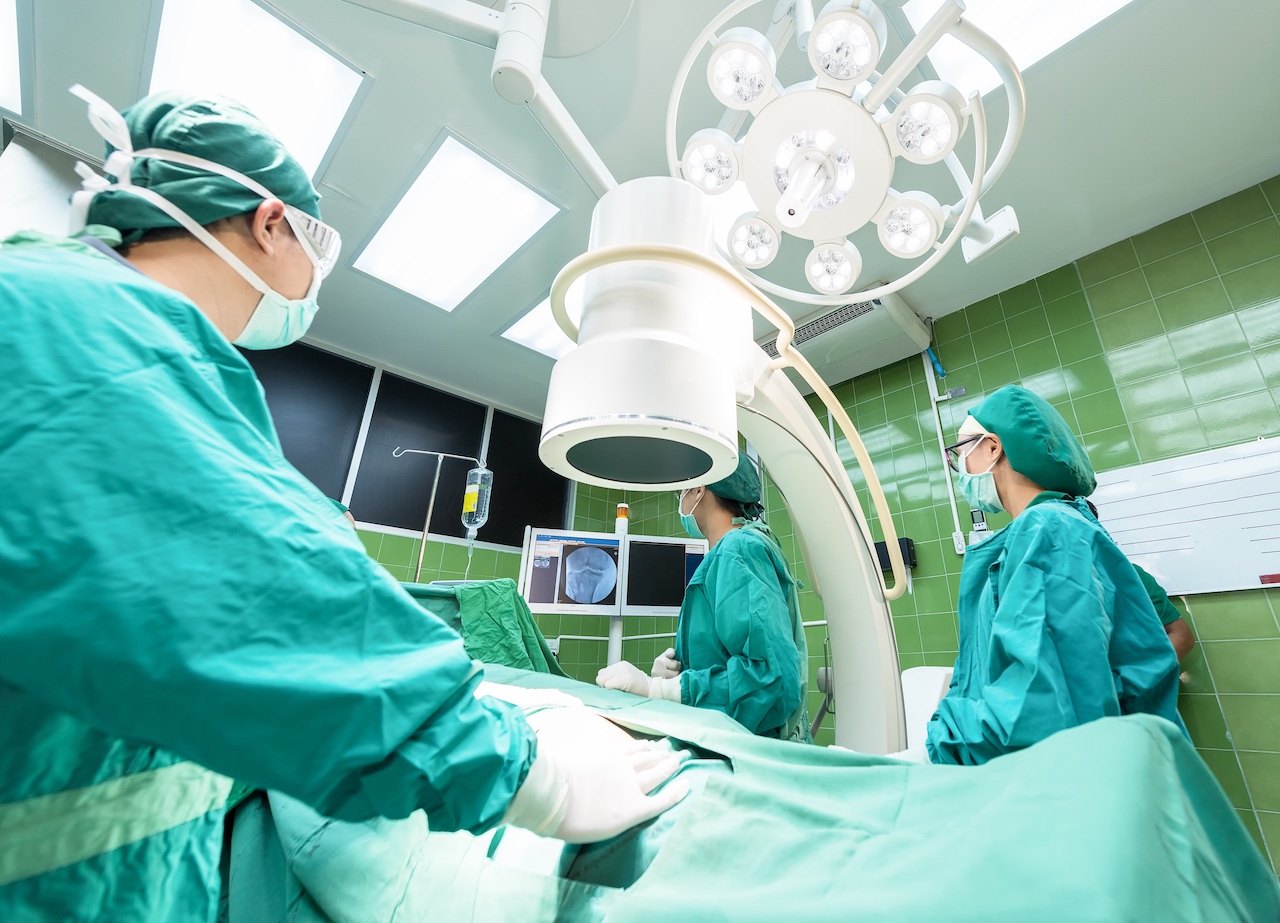We hear about smart cars and smart phones, smart cities and smart manufacturing plants a lot these days. Greater use of technology is expected to alleviate many of the problems faced by these entities and create some solutions. Can a smart office exist in a similar vein?
To my mind, an acronym for SMART medical office can be attempted. Such a location would deploy advanced technology, medical and informational, but also not minimize the human element of medical care. Ruthless efficiency is possible only to a certain extent in medical practices. And an attempt to make technology paramount to the exclusion of the healer’s art would be extremely detrimental to patient care and outcomes.
For health care can be improved not just by improved technology but also by improved adaptive behavior, which includes how humans address processes, behave with each other, communicate, form teams and build contacts and develop them.
Besides technology, we also need a mastery of medical knowledge, evaluation and treatment, and thus, the best providers and staff. Technology by itself is useless if the practitioners are not well-trained in medicine. And by medicine I do not mean only Western Medicine but an integral medicine where the provider uses the best possible avenues to get the patient better.
Besides the optimum technology and expertise in medical knowledge and skills, we should not forget that medicine is highly dependent on the relationship between patient and provider and patient and staff. Without this deep engagement, all the technology and mastery in medicine will fail. Eventually, the office is part of a service industry with all the attendant requirements and necessities. Health care is not a product like an iPhone or router. Our biggest mistake is when we do not see the difference.
Finally, there comes the mysterious aspect of medicine where it reaches the most intimate levels, like that of a priest and the parishioner, where personal space disappears. It is the human touch that leads to healing. Patient comfort, safety and education become critically important. Coordinated care, compliance and continuity of care are then the foundation of a quality organization.
All of these elements, technology, medical expertise, strong and deep relationships and human touch need to come together in synergy to make a SMART medical office possible.
Thus, the acronym for SMART, to my mind, would stand for:
- S - Synergy or Synthesis of medical knowledge, technology, quality service and healing touch
- M - Medical Expertise among providers and staff
- A - Advanced technology, medical and informational, to facilitate care
- R - Relationships between patient and providers and staff as part of Service
- T - Touch, human and healing
To know more or schedule an appointment with Dr. Singh, visit: https://theaccesshealthcare.com/providers/pariksith-singh


